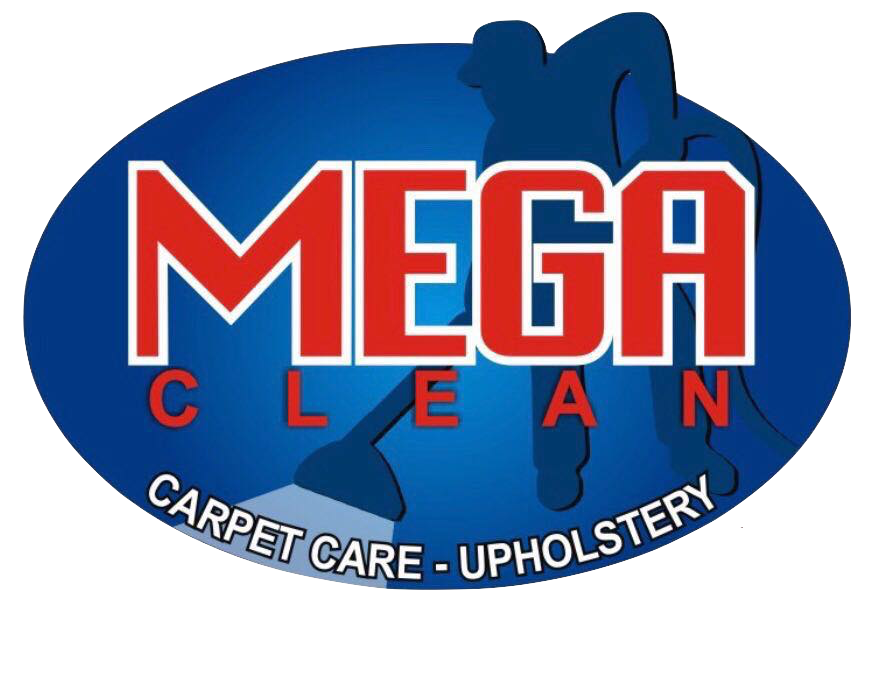The Link Between Clean Carpets and Indoor Air Quality
Indoor air quality is a crucial aspect of maintaining a healthy living environment, and surprisingly, your carpets play a significant role in this equation. Often overlooked, clean carpets can make a substantial difference in the air you breathe inside your home. In this blog post, we'll explore the connections between clean carpets and indoor air quality, shedding light on the importance of regular carpet maintenance for a healthier living space.
The Role of Carpets in Indoor Air Quality:
Carpets act as giant filters, trapping dust, allergens, and pollutants that would otherwise be airborne. Over time, however, these particles accumulate, and a dirty carpet can become a breeding ground for various contaminants. Regular foot traffic, pet dander, and spills contribute to the gradual deterioration of carpet cleanliness, impacting the air quality within your home.
Dust Mites and Allergens:
One of the most common pollutants found in carpets is dust mites. These microscopic creatures thrive in warm and humid environments, making carpets an ideal habitat. As dust mites multiply, they release faeces and body fragments that become airborne when disturbed. Inhaling these particles can trigger allergies and respiratory issues, especially in individuals with asthma or other sensitivities.
Mould Growth:
Carpets can also become a breeding ground for mould, particularly in areas with high humidity levels. Moisture from spills or environmental factors can seep into the carpet fibres, providing an ideal environment for mould to flourish. Mould spores released into the air can cause a range of health problems, including respiratory issues, allergies, and skin irritation.
Volatile Organic Compounds (VOCs):
Carpets often contain various chemicals, including adhesives and dyes, that can release volatile organic compounds (VOCs) into the air. Prolonged exposure to VOCs can lead to adverse health effects, such as headaches, dizziness, and respiratory irritation. Regular cleaning and maintenance of carpets can help minimise the release of these harmful substances, contributing to improved indoor air quality.
Benefits of Regular Carpet Cleaning:
Allergen Reduction: Routine vacuuming and professional carpet cleaning can effectively remove dust, allergens, and contaminants, reducing the risk of allergic reactions and respiratory issues.
Mould Prevention: Promptly addressing spills and moisture issues helps prevent mould growth, ensuring a healthier indoor environment.
Improved Airflow: A clean carpet allows for better airflow, preventing the accumulation of pollutants and enhancing overall indoor air quality.
Prolonged Carpet Lifespan: Regular maintenance not only benefits indoor air quality but also extends the lifespan of your carpets, providing long-term economic and health advantages.
Maintaining clean carpets goes beyond aesthetic appeal – it directly impacts the quality of the air you breathe indoors. By understanding the link between clean carpets and indoor air quality, you can take proactive steps to ensure a healthier living space for you and your family. Regular cleaning and maintenance of carpets are essential practices that contribute to a cleaner, safer, and more comfortable home environment.

